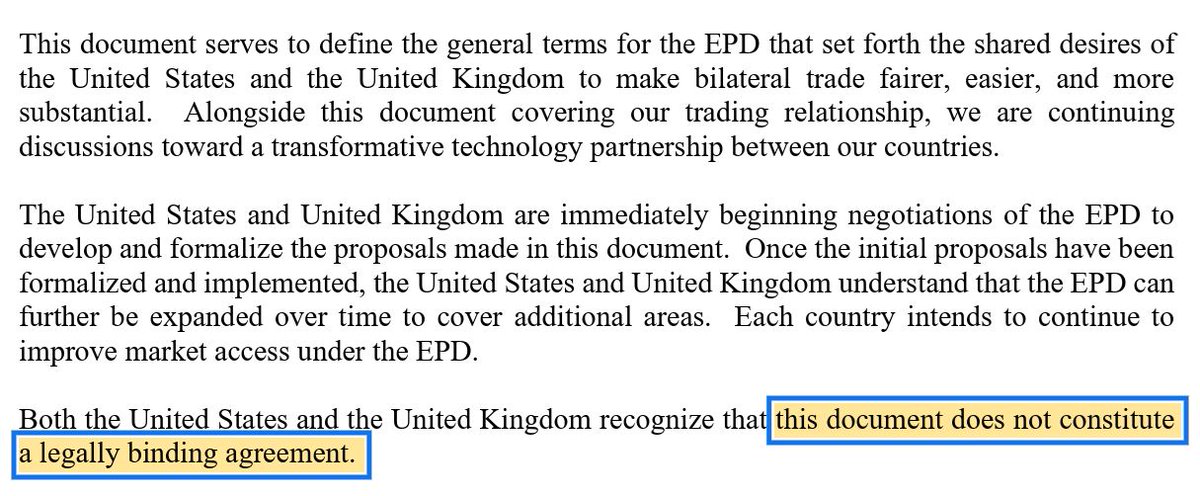Every econ instructor I know has been flat out all summer preparing for the new semester. With all that’s happened in the world, we’ve got a lot of work to do to update our classes to reflect our new covid reality.
So I thought I would see what I could do to help… #teachecon
So I thought I would see what I could do to help… #teachecon
So over the summer I’ve been working furiously to put together a slide deck that folks can use to their classes with covid examples, recent economic data and studies, and discussion questions.
Now, it's time to share it. You can download it all here: users.nber.org/~jwolfers/teac…
Now, it's time to share it. You can download it all here: users.nber.org/~jwolfers/teac…
The covid crisis is the biggest thing that’s happened in our students’ lives, and if we want to make the case that economics is relevant, we need to show them that the frameworks we’re teaching speak directly to these issues.
Hopefully these slides will give you a head start.
Hopefully these slides will give you a head start.
I was struck by just how much economics has to say about just about every major development, news story, and policy issue that has arisen in these tumultuous times.
It's certainly given me a useful lens for understanding the world, and I hope it helps you and your students, too
It's certainly given me a useful lens for understanding the world, and I hope it helps you and your students, too
The slides are organized by teaching topic, and they cover both micro and macro.
While they follow the organization of my (amazing!) new textbook in reality, they’ll be a useful complement to almost any Intro (or even Intermediate) course.
While they follow the organization of my (amazing!) new textbook in reality, they’ll be a useful complement to almost any Intro (or even Intermediate) course.
If any of this makes you curious about what it’s like to teach from that new textbook I was just mentioning, add your details to this google form, and if you’re a college instructor, we’ll get a (free!) review copy out to you ASAP. docs.google.com/forms/d/e/1FAI….
Most importantly, a huge thank you to @fordschool student Jonathan Rodriguez who gave up hours of his summer to work on developing these slides.
The rest of us have just one job: Download those slides, and drag and drop 'em into your course, and do a great job teaching.
The rest of us have just one job: Download those slides, and drag and drop 'em into your course, and do a great job teaching.
• • •
Missing some Tweet in this thread? You can try to
force a refresh









